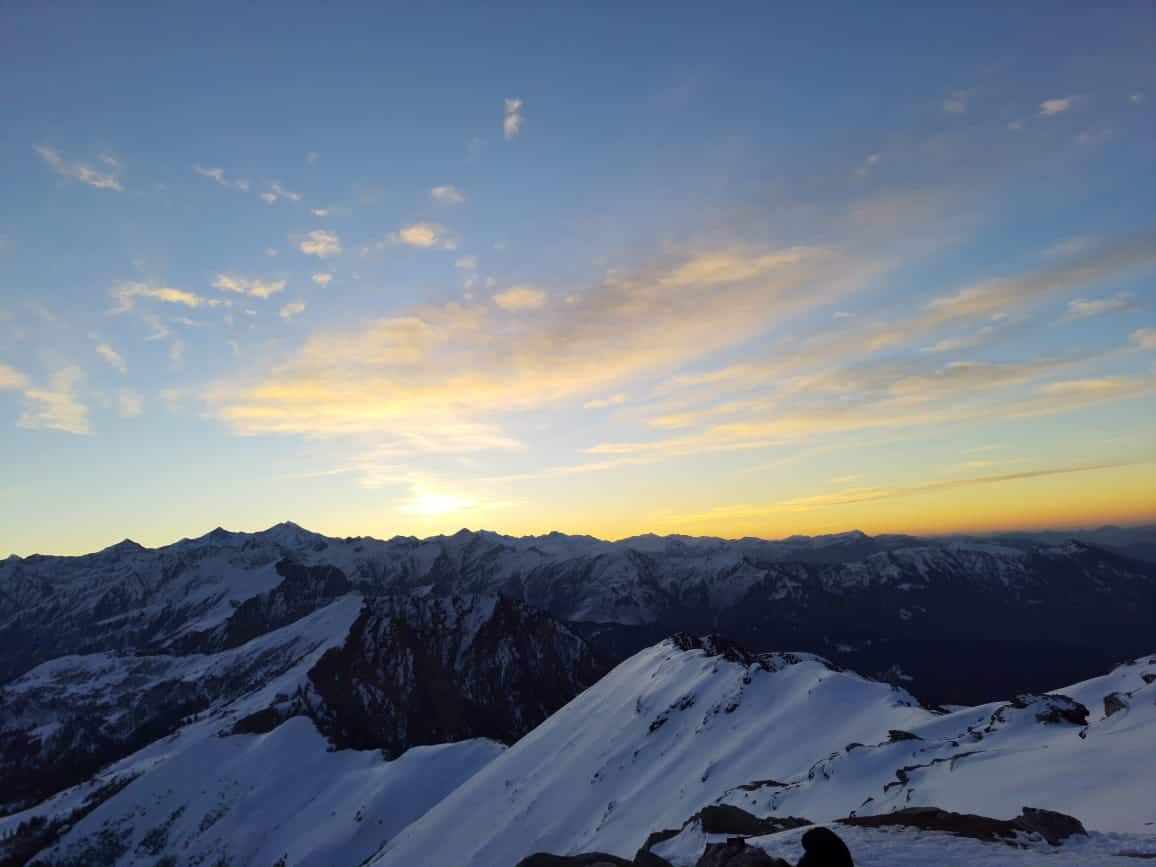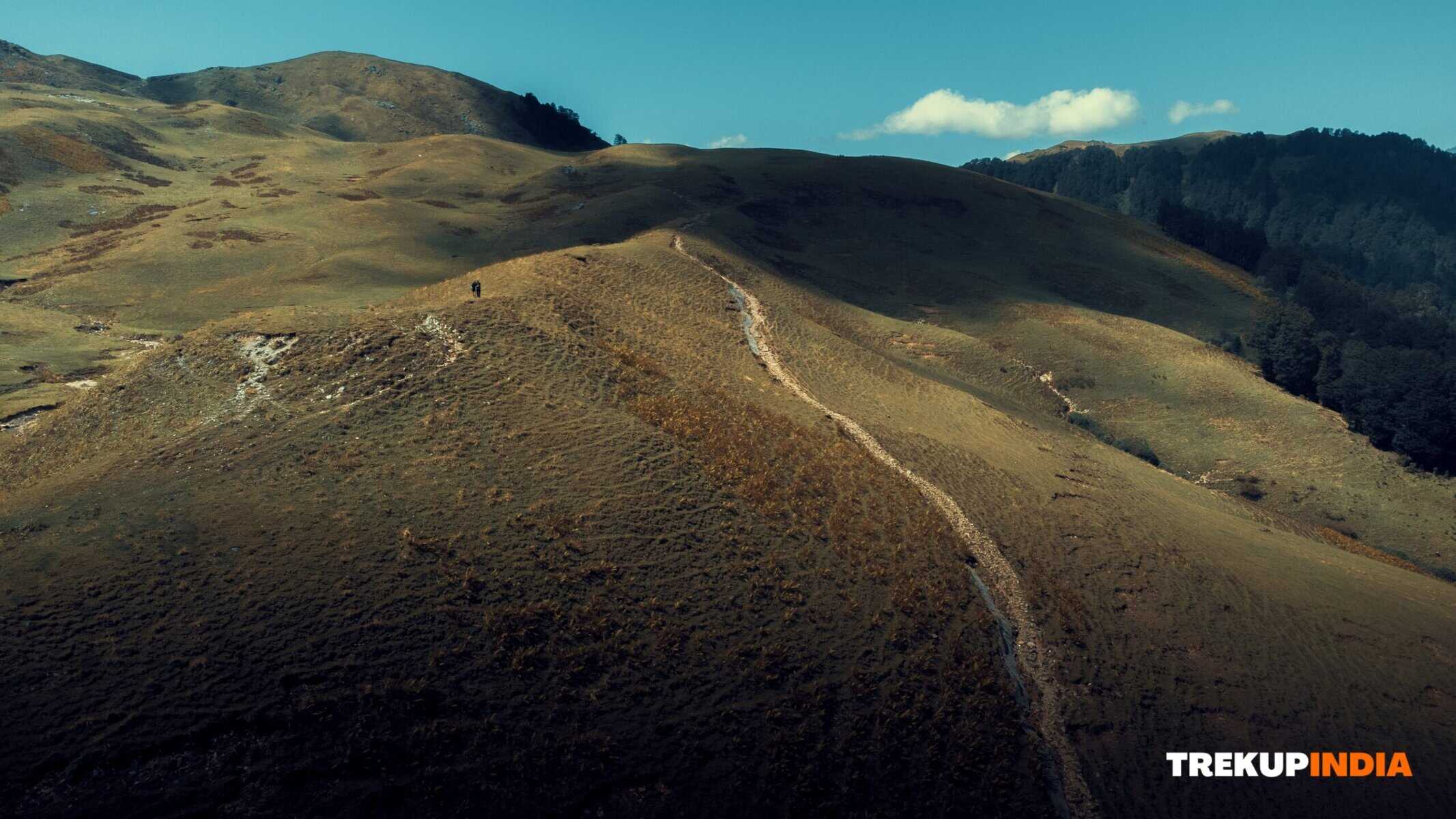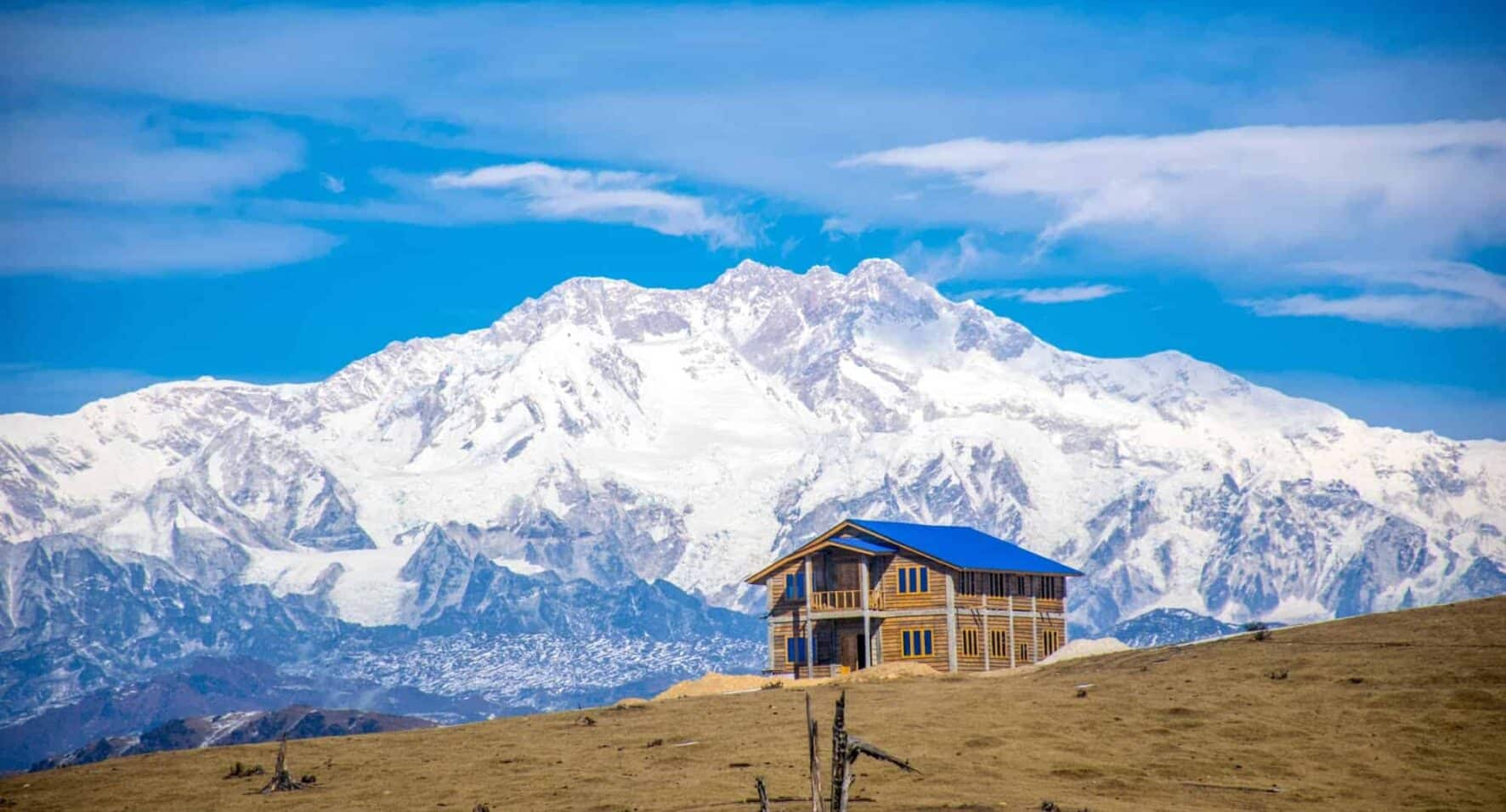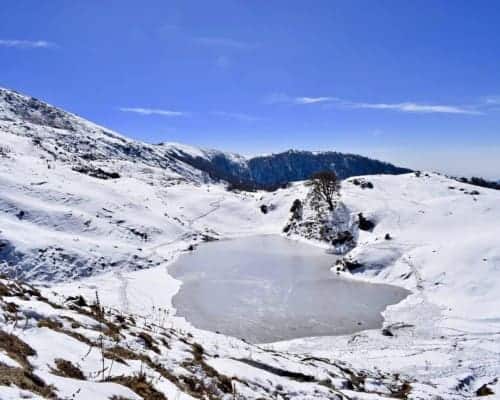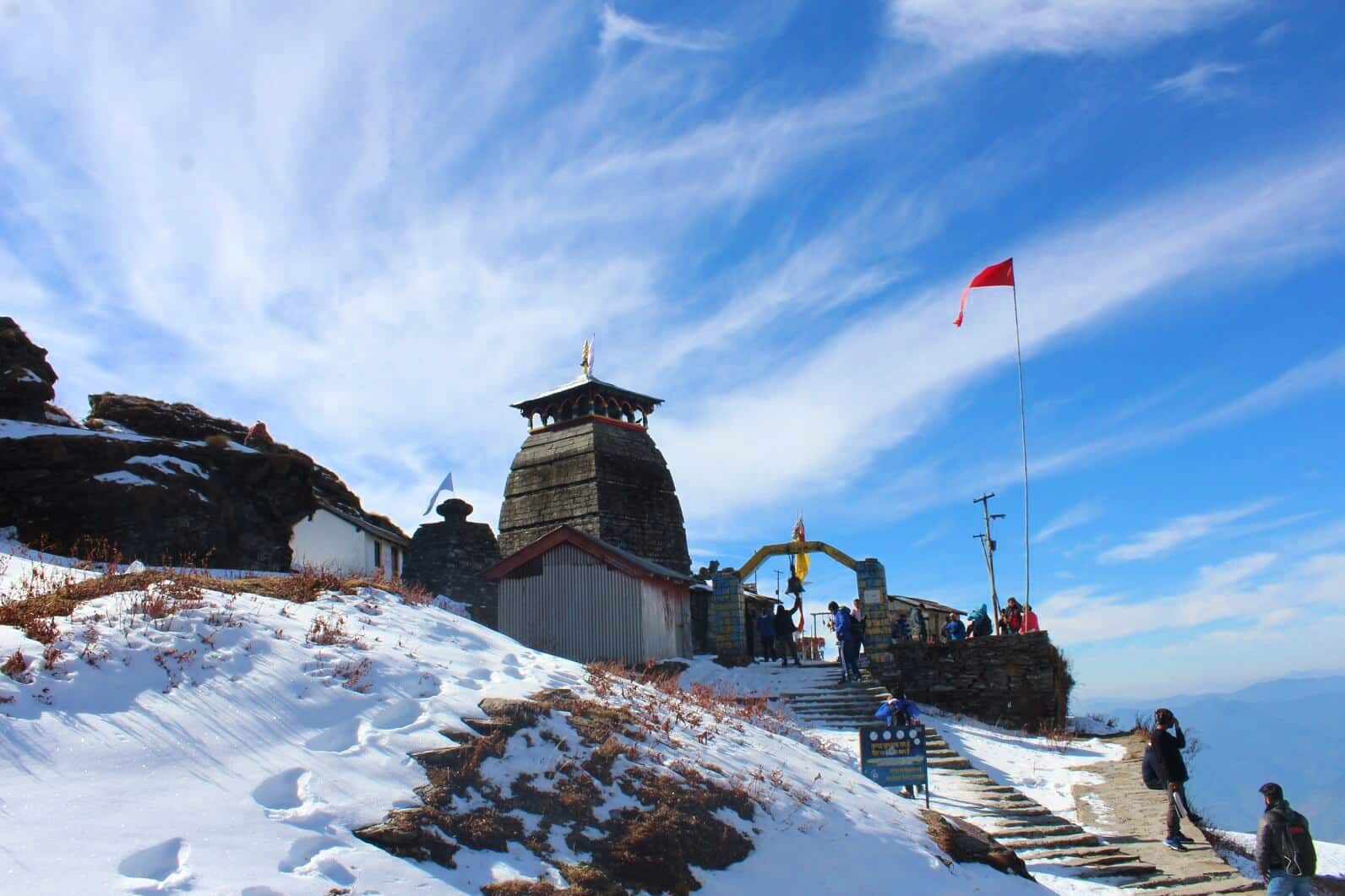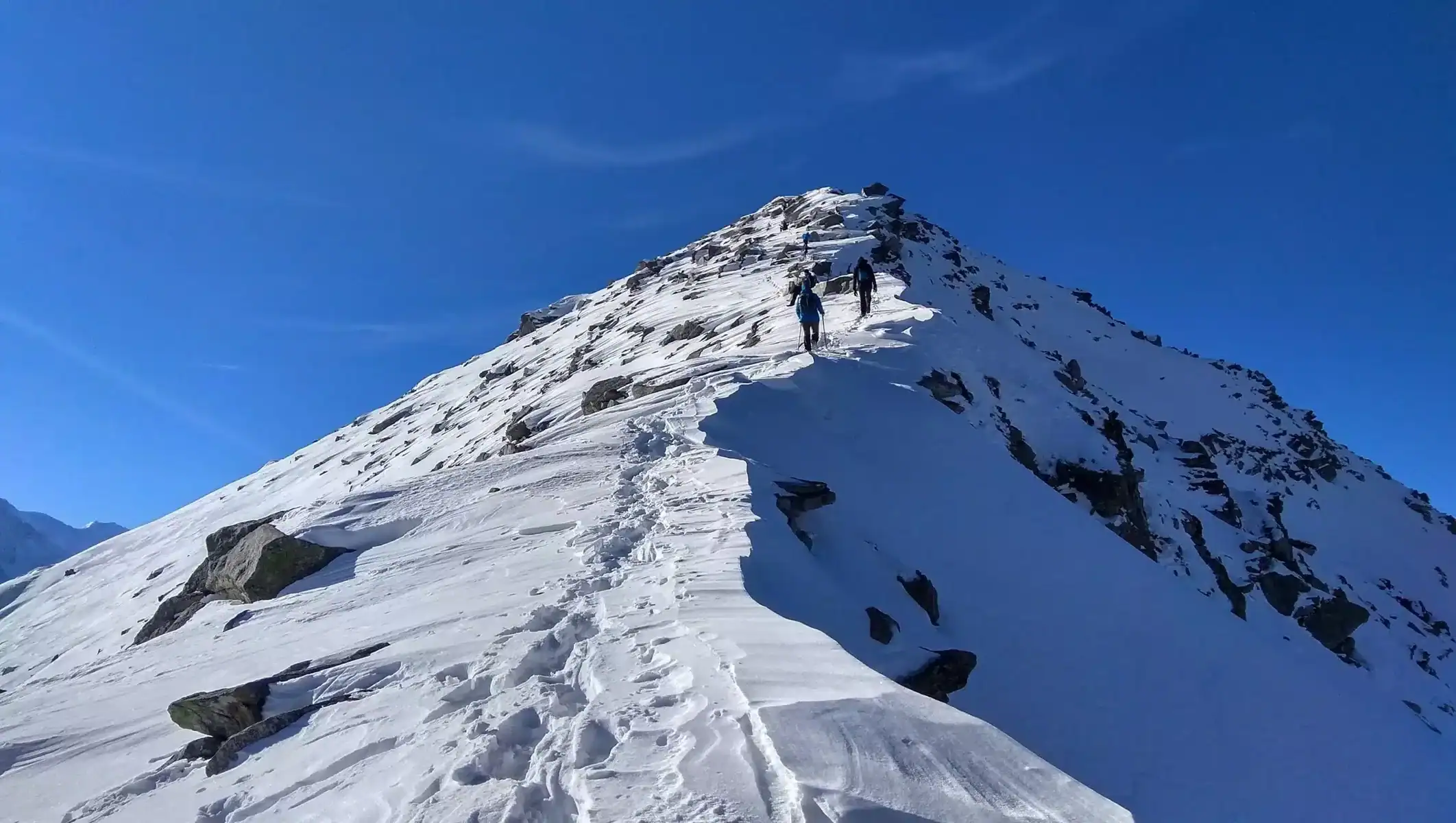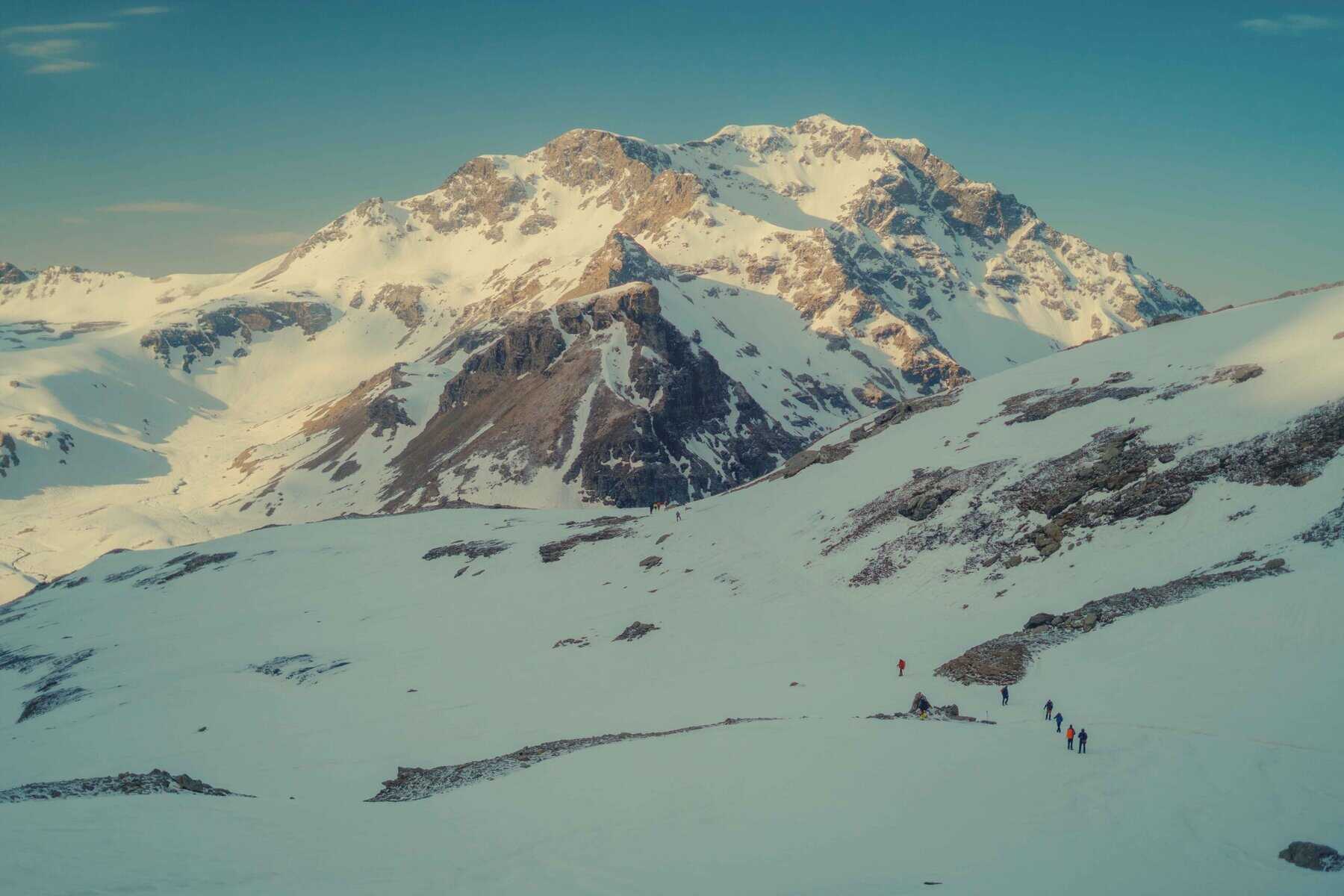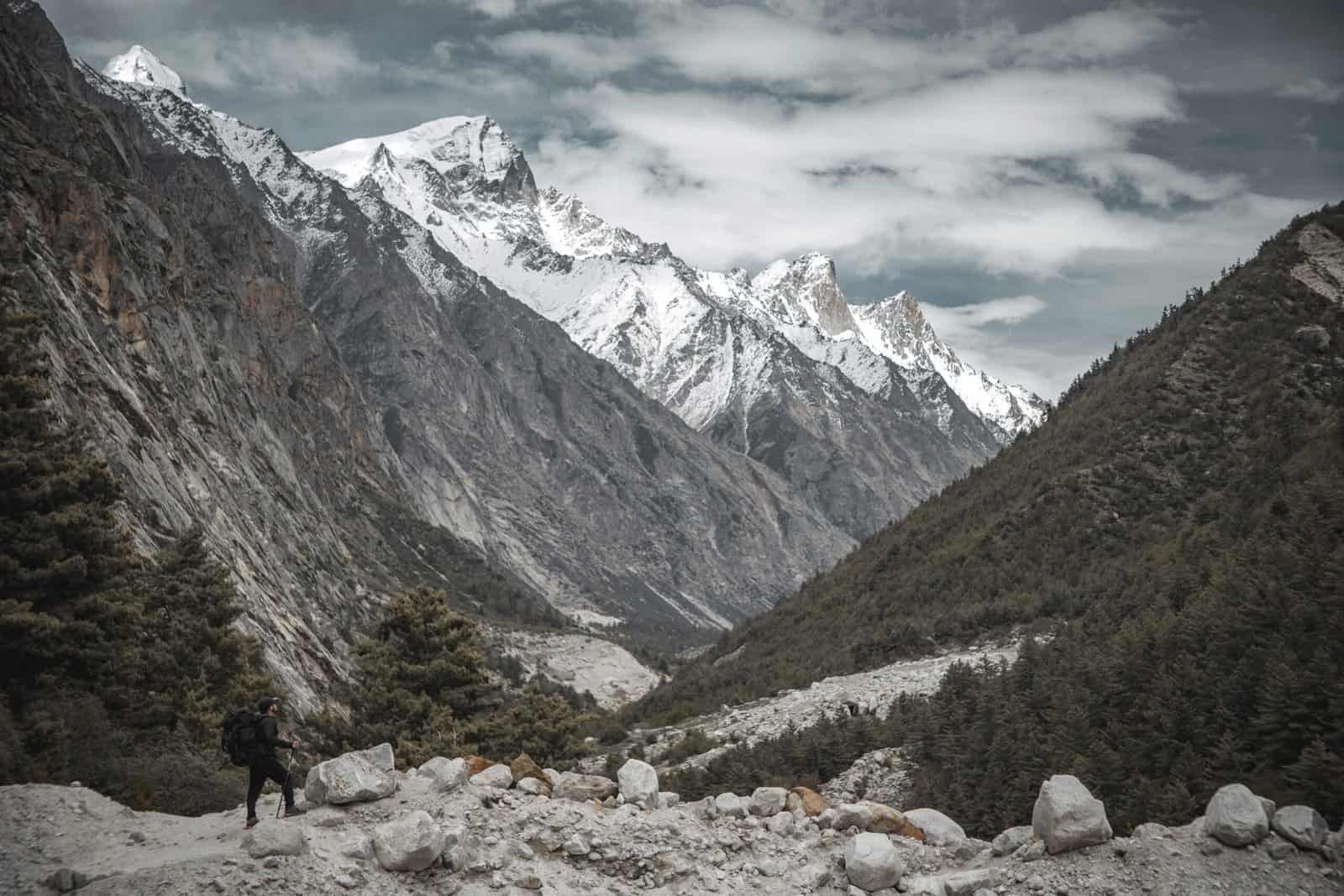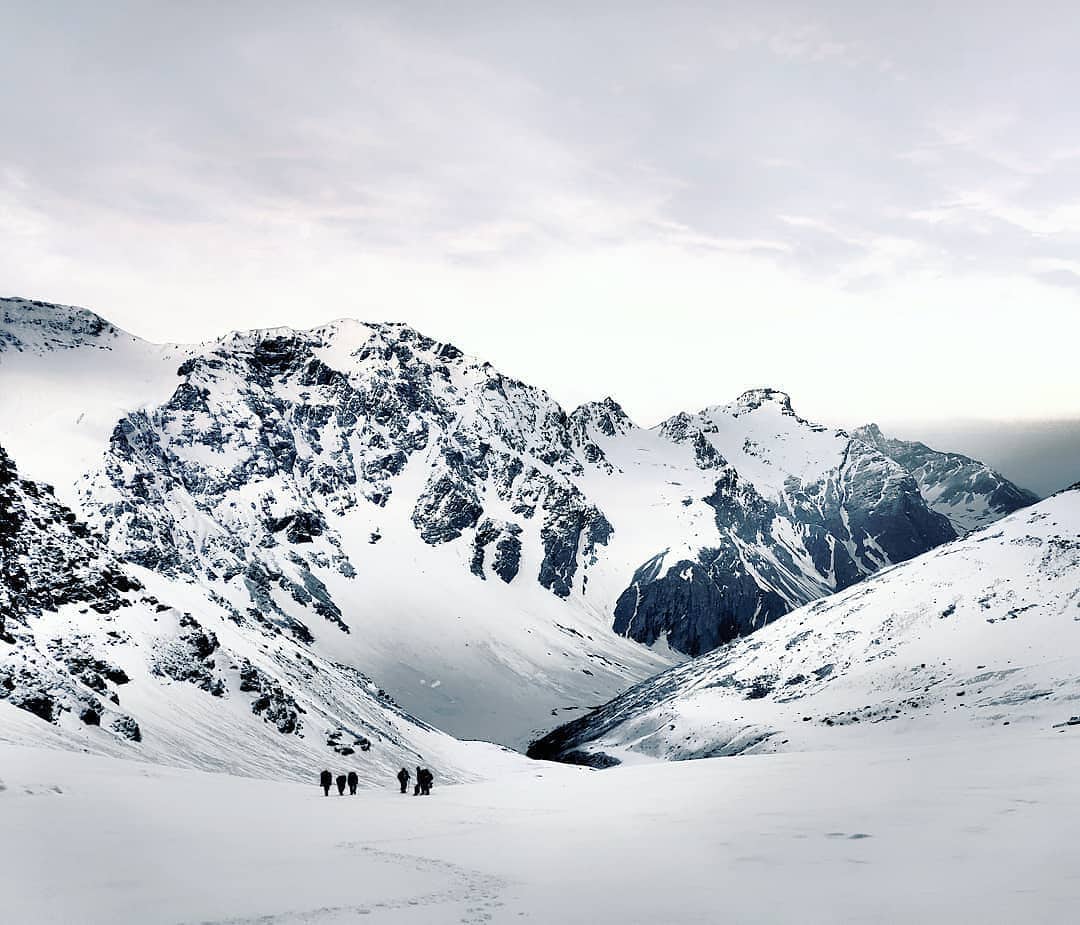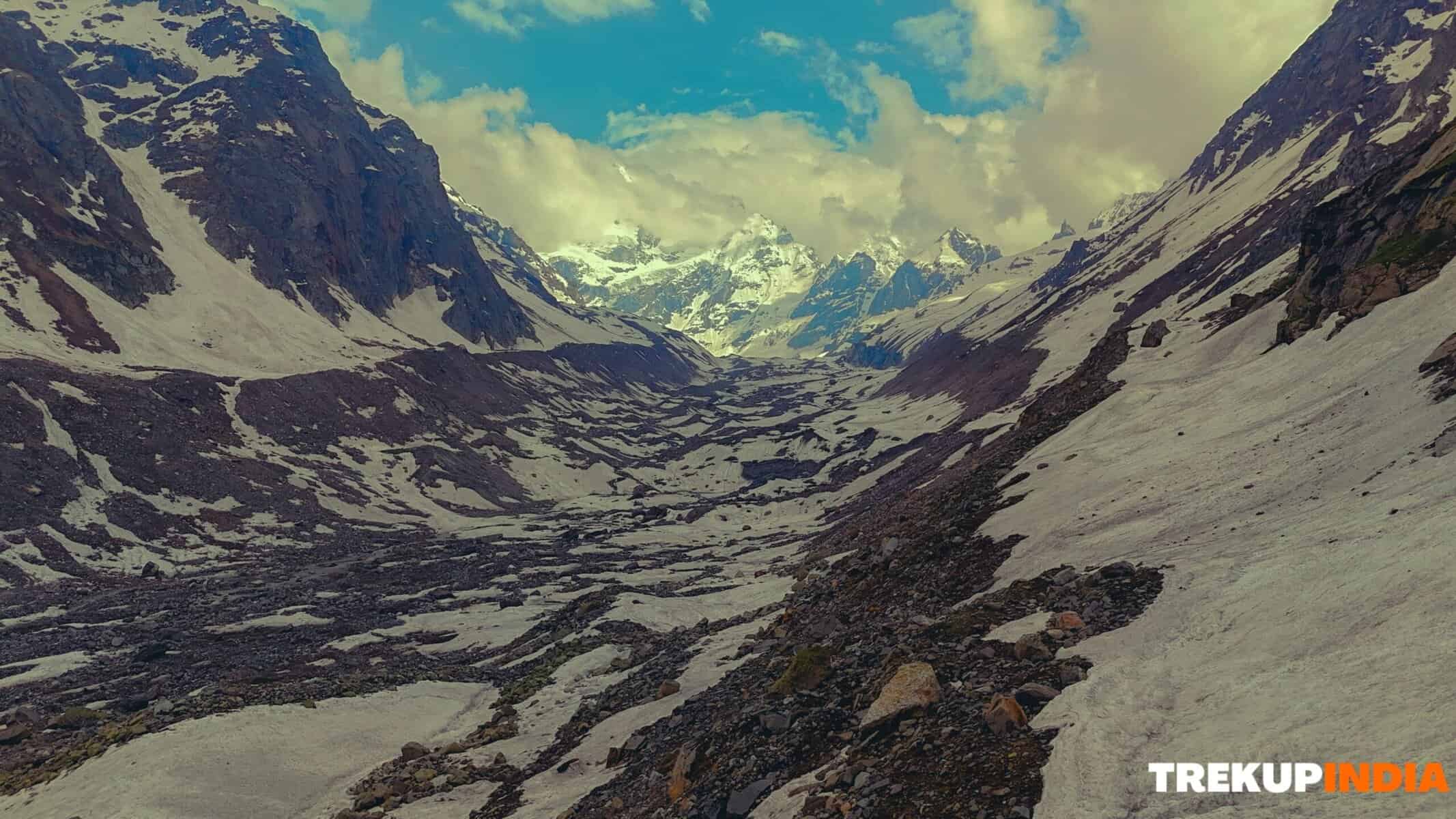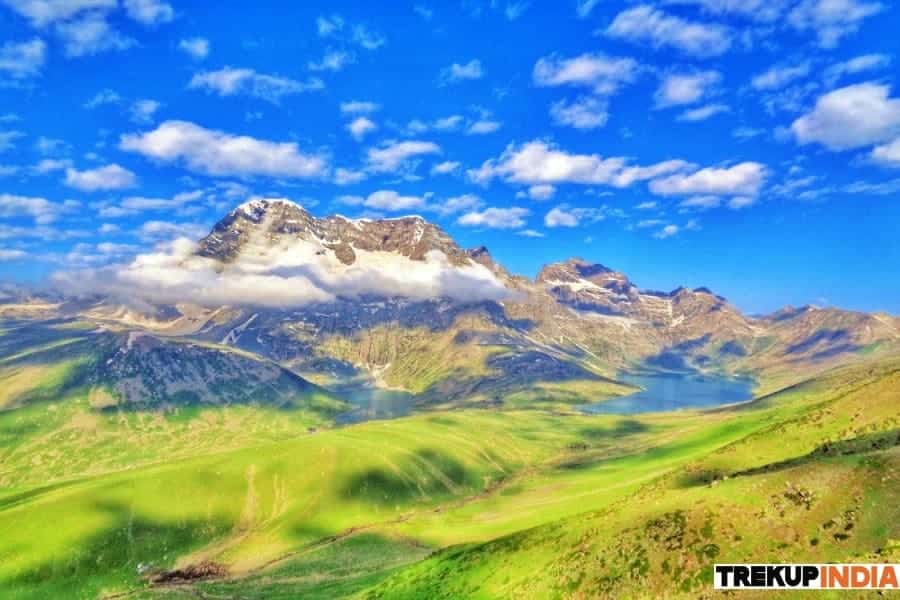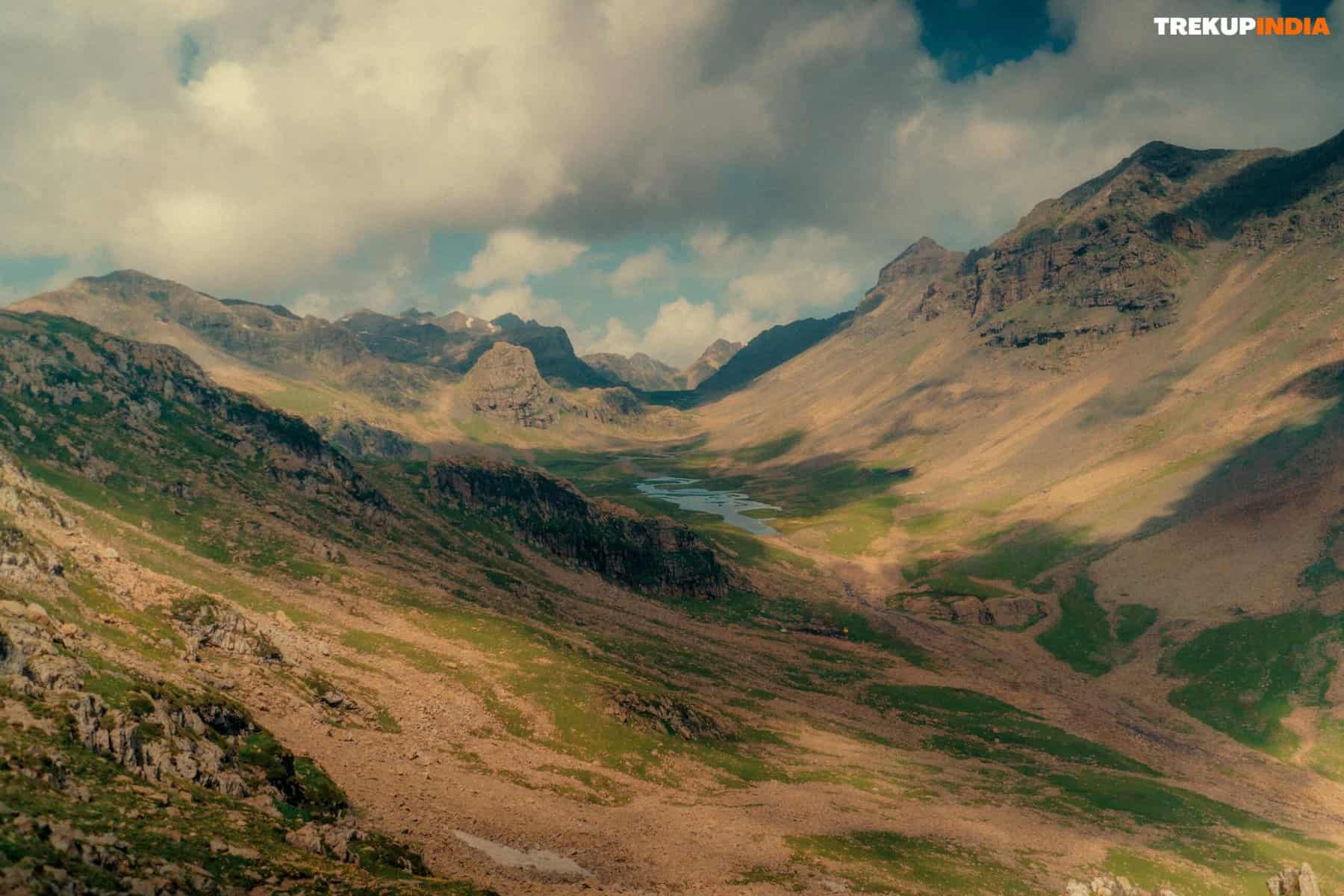Preparing for a Winter Trek in the Himalayas: Essential Information and Tips
Preparing for a Winter Trek in the Himalayas: Essential Information and Tips
The winters in the Himalayas can be harsh, but they also offer an excellent opportunity for trekking. To fully enjoy a trek during this season, it is crucial to make proper preparations. Neglecting simple tasks such as wearing appropriate layers or bringing a thermos can lead to unnecessary discomfort. Unfortunately, we often forget about these small details. As winter treks approach, I will provide a detailed guide on preparing for a trek in the Himalayan winter.
Difficulty of trekking in the Himalayas during winter
Is Winter Trekking in the Himalayas Difficult for Beginners?
Many aspiring trekkers wonder whether Himalayan trekking in winter is too difficult—especially for beginners. The short answer is: while winter treks are more demanding than those in other seasons, they are still very achievable with the right preparation. The two main challenges winter introduces are cold temperatures and snow-covered trails. The good news? Both can be managed with proper gear, knowledge, and strategy.
1. How to Conquer Sub-Zero Temperatures
The most effective way to tackle extreme cold is by dressing in layers. Whether you’re coming from a humid city like Mumbai or the tropical heat of Chennai, layering will be your best defense against the Himalayan chill.
Recommended Winter Trekking Layers:
1 base layer: A pair of thermal innerwear
2 mid-layers: Woollen sweaters or fleece jackets
1 insulation layer: A good-quality padded jacket
1 outer shell: Windproof and waterproof jacket (optional, but useful)
Essential Winter Accessories:
Woollen cap or balaclava
Insulated gloves
Woollen socks (especially for nighttime)
Neck warmer or scarf
Pro Tip: Don’t wait until you feel cold to start layering. One of the most common beginner mistakes is delaying this step. Right after you finish your day’s trek—while your body is still warm from exertion—is the ideal time to add layers and change into dry clothes. This helps you retain the body heat you’ve generated and prevents a chill from setting in.
You can find more guidance on cold-weather gear here: Essential Layers To Wear For A Himalayan Winter Trek.
2. Strategies for Dealing with Snow-Covered Trails
Unlike other seasons, winter trekking above 9,000 feet means walking entirely on snow. This can be challenging, particularly when the snow is deep and soft—your feet will sink, and every step will require extra effort to lift and move forward.
Here’s how to manage snowy conditions more efficiently:
Use gaiters: These prevent snow from entering your shoes and soaking your socks.
Wear microspikes or crampons (if required): These provide better traction on icy patches.
Adopt a steady pace: Short, controlled steps help you conserve energy and reduce slipping.
Follow the trail made by the trek leader or those ahead: It’s easier to walk where snow is already compacted.
Strengthen your lower body: Exercises like lunges and squats before your trek can make a big difference.
With the right mindset and preparation, winter trekking in the Himalayas can be a rewarding and magical experience—even for beginners. The key is understanding the unique challenges of the season and equipping yourself to handle them smartly.
When planning a snowy trek
Snow Conditions and Key Tips for Trekking Safely from December to March
In the Himalayas, snow begins to settle in December and deepens steadily through January, February, and early March. As the snow accumulates, trekking becomes more physically demanding and technically challenging. However, with the right approach, gear, and mindset, you can navigate these conditions safely and enjoyably. Here are some essential tips to help you make the most of your winter trek during these snow-heavy months:
1. Start Your Trek Before Sunrise
This is a time-tested technique used by experienced mountaineers and trekkers. Setting out before sunrise allows you to walk on firm, compacted snow, which is far easier to navigate. At night, freezing temperatures harden the snow, providing a stable surface where your feet won’t sink with every step. This not only makes walking easier but also safer.
To take full advantage of these conditions, plan to begin your summit push by 5:00 AM. The goal is to complete most of the day’s climb before the sun begins to soften the snow, which can cause you to sink with every step and increase the risk of fatigue or injury.
Note: If you’re trekking with Trekup India, microspikes will be provided at the campsite before you enter snowy terrain. These are essential for maintaining grip on hard-packed snow and icy patches.
2. Follow the Footpath Made by Previous Trekkers
Snow depth can be unpredictable and daunting, especially when it conceals the underlying terrain. To stay safe and conserve energy, always follow the clearly marked trail made by previous trekkers. This path is usually the most stable and well-trodden route.
When hiking in a group, step directly into the footprints of the person ahead of you. These compacted prints provide a natural depression that helps with balance, minimizes sinking, and gives you a sense of how deep the snow is.
3. Use Microspikes and Gaiters Effectively
Proper equipment can significantly improve both safety and comfort. At Trekup India, we provide microspikes and gaiters for all winter trekkers:
Microspikes: Attach easily to your shoes and offer outstanding grip on icy and compact snow, much like added claws for stability—think of them as giving you a “Spiderman-like” grip on slippery surfaces.
Gaiters: These cover the tops of your shoes and lower legs, preventing snow from entering and soaking your socks. Keeping your feet dry is critical for warmth and avoiding blisters.
4. Focus on Building Your Physical Fitness
Snow trekking demands more physical effort than hiking on regular terrain. The added resistance of walking through snow—especially when it’s soft or deep—puts greater strain on your legs and cardiovascular system.
To prepare, engage in a consistent fitness routine at least 4–6 weeks before your trek. Focus on exercises that build leg strength, endurance, and core stability, such as:
Squats and lunges
Stair climbing or uphill walking
Cardio workouts like jogging or cycling
Balance exercises (e.g., single-leg stands or yoga)
The fitter you are, the more enjoyable and less taxing your trek will be.
With the right preparation, even snowy Himalayan trails become approachable and deeply rewarding. Embrace the challenge, gear up well, and start your days early—you’ll be amazed at what winter trekking can offer.
How To Get Fit For Winter Himalayan Treks

Preparing for a Winter Trek: Building the Right Fitness Foundation
Trekking in winter demands more physical preparation than in other seasons. Even treks considered “easy-moderate” in fair weather—like the Kedarkantha trek—can feel significantly more challenging when snow and cold are involved, shifting their difficulty level to “moderate.”
To ensure a safe and enjoyable experience, it’s crucial to begin your fitness preparation 1.5 to 2 months in advance. A good benchmark to aim for is being able to run 5 kilometers in under 40 minutes before your trek.
Addressing Common Concerns About Fitness
Many aspiring trekkers—especially first-timers, older individuals, or those planning to bring children—often express concerns about whether they can reach the required fitness level. The good news is that with consistent effort and the right approach, almost anyone can prepare for a winter trek.
A Simple, Effective Training Plan
Start small and build gradually:
Week 1–2: Begin with short runs of 1 to 2 kilometers daily. Focus on consistency, not speed.
Week 3–4: Gradually increase your distance to 5 kilometers, even if your pace is slow.
Week 5–6: Once you’re comfortable with the distance, shift your focus to improving timing. Aim to shave off a few seconds each day until you reach your goal of completing 5 km in under 40 minutes.
Tip: Supplement your runs with strength-building exercises like squats, lunges, and step-ups, along with light stretching or yoga to improve flexibility and prevent injury.
Plan Early and Train Smart
Winter trekking isn’t about extreme athleticism—it’s about stamina, resilience, and being well-prepared. By starting your training at least two months in advance and following a structured routine, you’ll build the fitness and confidence needed to fully enjoy the magic of the Himalayas in winter.
What is the lowest temperature experienced during a winter trek?
Understanding Temperatures on Himalayan Winter Treks
During Himalayan winter treks such as Kedarkantha, Brahmatal, Marchoi Trek, Deoriatal–Chandrashila, Dayara Bugyal, Chadar Trek, and Kuari Pass Trek, temperatures often plunge below freezing—especially after sunset. In fact, it’s typically coldest just after a snowfall or rain, not during the precipitation itself, when the air tends to be slightly warmer.
Typical Winter Temperature Range:
Daytime: Temperatures usually range between 8°C and 15°C, which is mild enough for trekking in just one or two layers.
Nighttime: After sundown, temperatures drop sharply, typically ranging from 3°C to -5°C, and can fall as low as -10°C in some regions. At this point, it’s essential to wear all five of your warm layers to stay insulated and comfortable.
Understanding these temperature patterns can help you pack and prepare more effectively for your trek.
About Author

Preetam Singh Rawat (Founder)
The person behind this trekking organization is someone who’s spent over a decade – 12 years, to be exact – living and breathing the mountains. With multiple high altitude summits under his belt (we’re talking 6000 to 7000 meter peaks), he’s not just experienced – he’s the real deal.
But what really sets him apart is the sheer number of treks he has guided. He has led over 200 Himalayan expeditions, including well known routes like Bali Pass, Buran Ghati, Rupin Pass, Pin Bhabha, Stok Kangri, and Black Peak. Not just once, but multiple times. So yeah, when it comes to the Himalayas, he knows every twist in the trail and every story the mountains have to tell.
Got questions or want to get in touch? Write to Preetam at preetam@trekupindia.com. He’s always happy to chat about treks, answer your questions, or help you prepare for your next big adventure.
Why TrekupIndia?
Since 1993
- Trekup India has been one of the most recommended partners for trekking adventure tourism for more than 29 years. Featuring more than 75 Himalayan treks makes us supreme in the domain.
- We have explored trails like Kedarkantha Trek, Rupin Pass Trek, Borasu pass, Bali Pass, etc.
- Trekup India is India’s Oldest, Safest And direct operation trekking organisation. Trekup India has more trekkers than any other organization. 15,000 plus for 2022
We Are Approved And Certified By :-
- Adventure Tour Operators Association of India (ATOAI)
- Indian Mountaineering Foundation (IMF)
- State Tourism Department
What We Do?
- Trekup India is the most trusted trekking company in India. We also sets safety standards for the entire trekking industry.
- Trekup India is the pioneer of trekking in India. Trekup India has brought most trekking routes, trekking systems and trekking equipment to India for Indian trekking.
Save The Trail
- Trekup India’s Save The Trails program is a favorite among trekkers. Our Save The Trails program has made trails, where Trekup India runs trekking, pristine. Save The Trails is a great way for trekkers to leave our mountains better that we found them.
- Trekup India is a unique trekking company that offers the Trekup India’s Trekkers best experience. These transformative experiences are well-designed and leave an indelible impression on trekkers. These have been around for 29 years.



